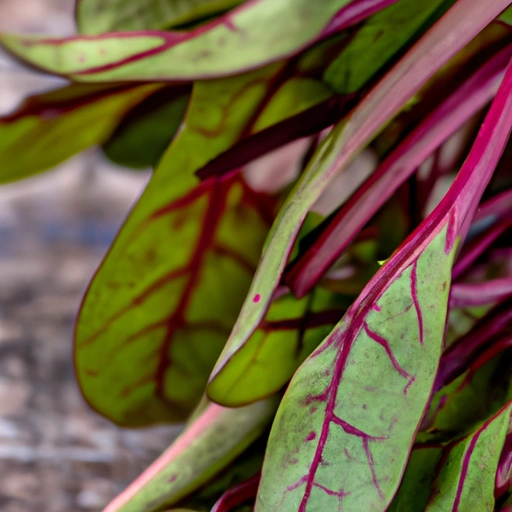Sorrel
Description

Sorrel, known scientifically as Rumex acetosa, is a leafy green herb with a sharp, lemony flavor. It is a perennial plant that belongs to the Polygonaceae family, which also includes buckwheat and rhubarb. Sorrel is characterized by its spear-shaped leaves and can grow to be about 60 cm (24 inches) in height. It is commonly used in cuisines around the world and can be identified by its bright green leaves and reddish-green flowers that appear in early summer.
Common uses
Sorrel is frequently used as a fresh herb in salads, as a tangy addition to soups and stews, or made into a sauce to accompany meats and fish. In some cultures, it is used to make a refreshing drink known as 'sorrel punch' or 'hibiscus tea.'
Nutritional value
Calories
A 1-cup serving (approximately 133 grams or 4.7 ounces) of raw sorrel contains about 29 calories.
Protein
Sorrel provides about 3 grams of protein per 1-cup serving.
Fat
This herb is low in fat, with less than 1 gram per serving.
Carbohydrates
There are about 4.5 grams of carbohydrates in a 1-cup serving of sorrel.
Vitamins
Sorrel is rich in vitamin C, vitamin A, and also contains some B vitamins.
Minerals
The herb provides a good source of minerals such as potassium, magnesium, and calcium.
Health benefits
Sorrel is known for its high vitamin C content, which can help boost the immune system. Its vitamin A content supports good vision and skin health, while the presence of dietary fiber aids in digestion. The minerals found in sorrel contribute to bone health and help regulate heart function.
Potential risks
Consumption of large quantities of sorrel can lead to the formation of kidney stones due to its high oxalate content. It is also not recommended for people with rheumatoid arthritis or kidney problems. As always, moderation is key, and individuals with specific health concerns should consult a healthcare provider.
Common recipes
Sorrel is commonly used in recipes for classic French sorrel soup, salads, and Eastern European sorrel-based sauces served with eggs or potatoes. It's also incorporated into the Jamaican drink 'sorrel punch,' a spiced beverage made with sorrel petals (from a different species, Hibiscus sabdariffa).
Cooking methods
Sorrel can be used fresh, sautéed, or simmered. It is often wilted into soups and stews or chopped finely to dress salads and sauces.
Pairing with other ingredients
The tangy flavor of sorrel pairs well with fatty fish like salmon, with eggs, in creamy dishes to add a hint of acidity, or with sweet fruits in desserts to balance sweetness.
Summary
Sorrel is a versatile herb with a distinctive lemony taste and is used in various culinary traditions around the world. It offers an array of health benefits due to its nutrient content, but should be consumed in moderation due to potential risks associated with its oxalates. Whether used fresh, cooked, or as a beverage, sorrel adds a refreshing zest to any dish.